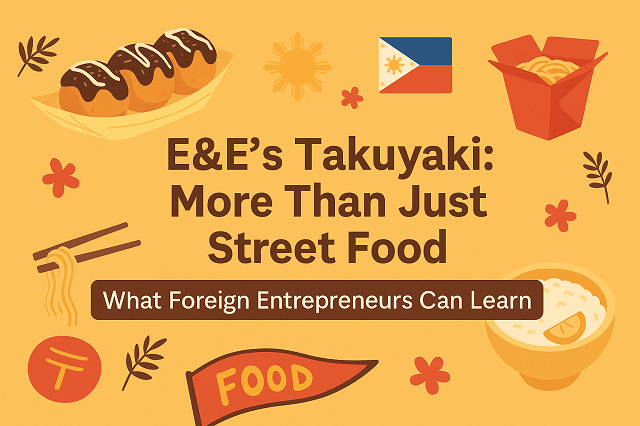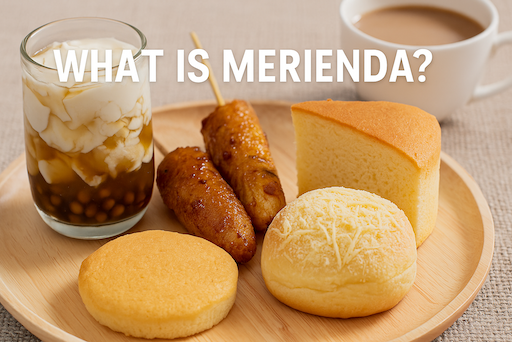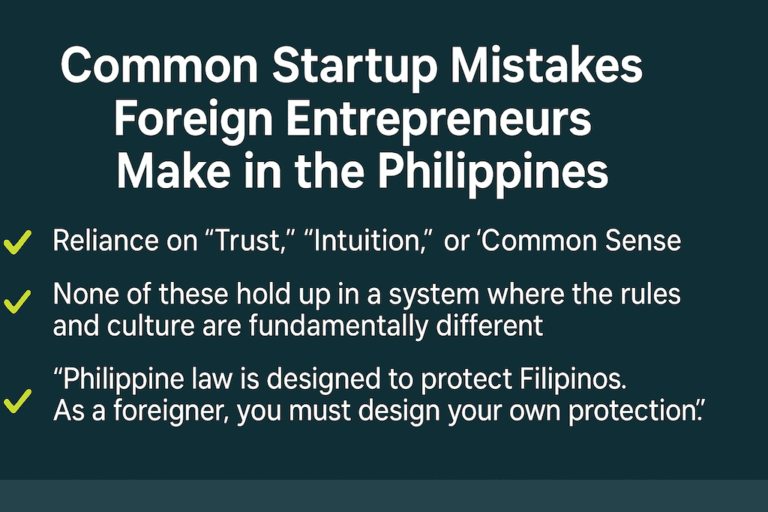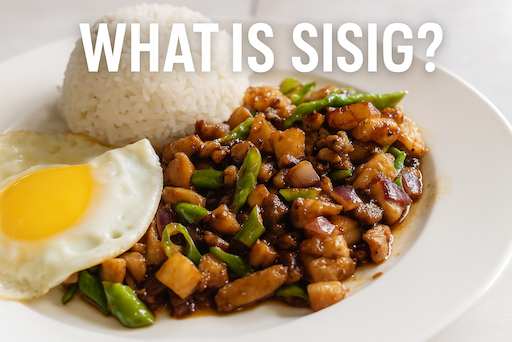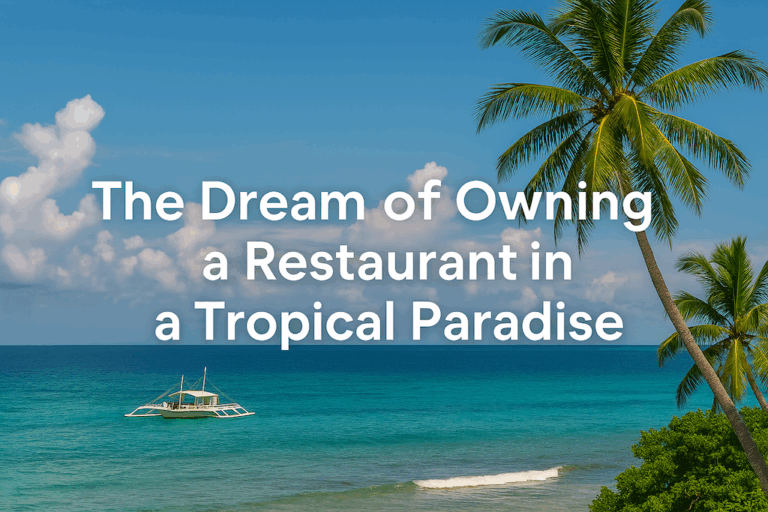How E&E’s Takuyaki Became a Japanese-Filipino Street Food Favorite
Contents
- 1 How E&E’s Takuyaki Became a Japanese-Filipino Street Food Favorite
- 2 Introduction
- 3 1. The Origins: From GenSan to the Nation
- 4 2. Inside the Menu: What’s Actually in a “Takuyaki”?
- 5 3. Business Behind the Ball: The Franchise Model
- 6 4. Cultural Hybrid: Why It Works in the Philippines
- 7 5. What Foreign Entrepreneurs Can Learn from E&E’s Takuyaki
- 8 Conclusion: More Than Just a Snack — A Blueprint for Cross-Cultural Business
How E&E’s Takuyaki Became a Japanese-Filipino Street Food Favorite
A Case Study in Localization, Franchising, and Culinary Adaptation
Introduction
In the bustling district of Lahug, Cebu City, just outside the main entrance of JY Square Supermarket, stands a small kiosk that draws a steady stream of customers every afternoon. It doesn’t look like much at first glance—just a few trays, a grill, and a red-and-white banner with the word “Takuyaki” printed in bold.
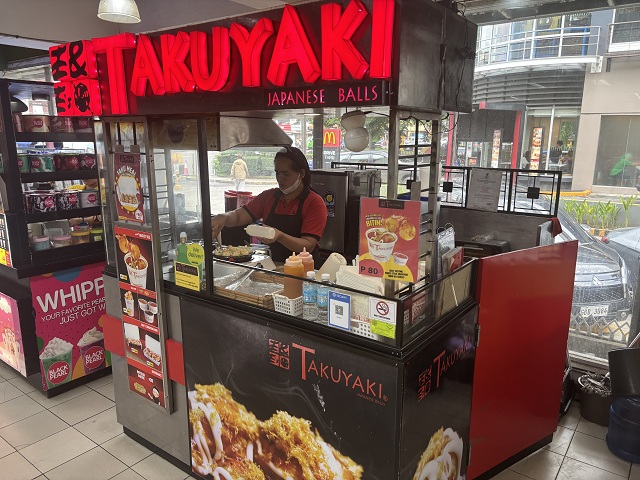
For many passersby, this stall offers a quick, affordable snack. But for business observers and cultural analysts, it represents something much deeper: a powerful example of how Japanese cuisine has been localized, rebranded, and scaled across the Philippines.
E&E’s Takuyaki, the brand behind this increasingly familiar sight, was founded in General Santos City in 1997. From modest beginnings, it has grown into a nationwide franchise chain with over 200 branches, spanning Luzon, Visayas, and Mindanao. Its success stems from a clever hybrid of cultural familiarity and local taste preferences.
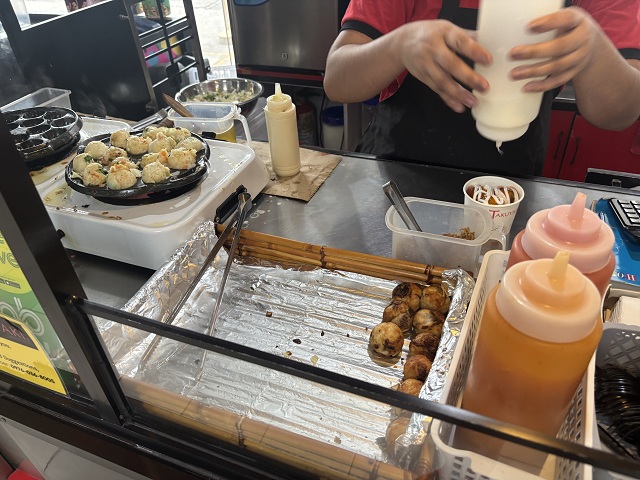
Although the name clearly references the Japanese classic “takoyaki,” what’s inside is often quite different. Instead of octopus, Filipino consumers can choose from fillings like cheese, ham, sausage, or hotdog. The texture is slightly softer, the sauce slightly sweeter, and the price point undeniably more accessible—typically ₱70 to ₱80 for six pieces.
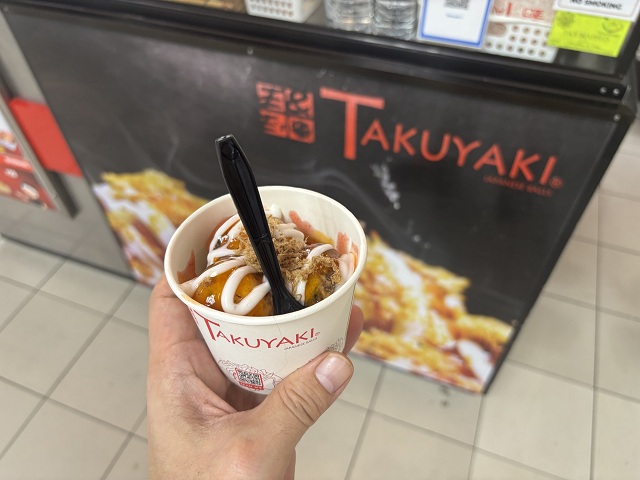
This is not mere imitation—it’s a strategic adaptation. E&E’s Takuyaki reflects how foreign food concepts can thrive in the Philippines when tailored thoughtfully to local preferences, price sensitivity, and snacking culture.
Beyond taste, the business model itself is noteworthy. With a relatively low initial franchise investment—about ₱220,000 (approx. $4,000 USD)—the brand offers an appealing entry point for aspiring entrepreneurs. Compact kiosk setups, low inventory costs, and easy staff training make it a scalable, repeatable format suited for malls, markets, schools, and transit hubs.
In a country where food businesses dominate the MSME landscape, E&E’s Takuyaki stands out for sustainably bridging international influence with Filipino practicality. It is a masterclass in balancing branding and localization—keeping just enough “Japan” to be attractive, while ensuring enough “Philippines” to be embraced.
This article explores the journey of E&E’s Takuyaki: from its humble beginnings to its nationwide expansion, and why it’s a prime case study in successful food franchising in Southeast Asia.
1. The Origins: From GenSan to the Nation
E&E’s Takuyaki began not in a major urban center like Manila or Cebu, but in General Santos City (GenSan)—a thriving southern city best known as the hometown of boxer Manny Pacquiao. In 1997, a local entrepreneur saw an opportunity to bring Japanese-style street food to a broader Filipino audience, at a time when most Filipinos had limited access to Japanese cuisine outside of major malls or upscale restaurants.
The brand name itself—“Takuyaki” instead of “Takoyaki”—was no accident. It was a deliberate rebranding to signal something new: familiar enough to evoke Japanese street food, but unique enough to be its own thing. In fact, many first-time customers weren’t even sure what they were eating—only that it was hot, saucy, and satisfying.
Over time, what started as a small, family-run stall grew into a formidable food franchise, expanding across Mindanao before entering Cebu and Luzon. Its success didn’t rely on glossy advertising or celebrity endorsements—it relied on visibility, affordability, and sheer volume. Positioned in front of supermarkets, schools, or public markets, E&E’s Takuyaki quickly became a go-to snack for students, workers, and families alike.
Today, with over 200+ branches nationwide, the brand has become a recognizable part of Filipino street food culture. The original recipe has evolved to fit local tastes, but the brand’s identity—quick, flavorful, and affordable—remains constant.
2. Inside the Menu: What’s Actually in a “Takuyaki”?
At first glance, E&E’s Takuyaki appears to serve traditional Japanese takoyaki—the round, savory snack made from a wheat-flour batter and typically filled with diced octopus, tempura scraps, green onions, and pickled ginger. But a closer look reveals how this Filipino interpretation has been carefully adapted to local taste preferences, ingredients, and price points.
🧀 Fillings Beyond Octopus
In the Philippines, octopus (tako) is not widely consumed and can be expensive. E&E’s Takuyaki substitutes the traditional seafood filling with more affordable and familiar options, such as:
-
Cheese – A fan favorite for its creamy, melty texture
-
Ham – Adds a savory bite and local appeal
-
Sausage or Hotdog – Common, low-cost options that resonate with Filipino consumers
-
Vegetable-only versions – For budget-conscious or younger customers
By adjusting the fillings, E&E makes its takoyaki not only more economical, but also more aligned with local palates—especially among younger snackers and students.
💸 Affordable Pricing That Works
One of E&E’s biggest strengths is its extremely low price point. While traditional Japanese takoyaki might cost ₱120–₱150 for 6 pieces in specialty restaurants, E&E offers the same quantity for:
-
₱70 to ₱80 (about $1.30 to $1.50 USD) depending on the filling
This makes it an everyday snack, not a special treat. The value-for-money approach is critical in a country where price sensitivity is a key consumer behavior.
🍴 Taste and Texture: A Filipino Take
While still cooked in a takoyaki grill pan, E&E’s version has:
-
A softer, more pancake-like texture
-
A slightly sweeter brown sauce, closer to Filipino barbecue flavor
-
Mayonnaise drizzled generously, often preferred by locals
-
Optional seaweed flakes or cheese powder toppings
These tweaks result in a final product that resembles takoyaki in form, but is distinctly Filipino in flavor. It’s not about copying Japan—it’s about reinterpreting it for the local market.
3. Business Behind the Ball: The Franchise Model
E&E’s Takuyaki is not just a street food stall—it’s a finely tuned micro-franchise model that has enabled hundreds of everyday Filipinos to become small business owners. Its simple operations, affordable setup cost, and recognizable branding make it one of the most accessible franchise opportunities in the country.
🏪 Low Barrier to Entry
Compared to restaurant franchises that require millions of pesos to launch, E&E’s Takuyaki offers a complete franchise package starting from ₱220,000 (around $4,000 USD). This package typically includes:
-
Kiosk or cart setup
-
Cooking equipment and tools
-
Initial inventory and supplies
-
Staff training
-
Brand and operational support
-
Marketing materials
For a low monthly rental fee (if placed in malls or commercial centers), franchisees can begin operations within weeks.
⚙️ Simple Operations
The product line is intentionally limited, which streamlines operations and minimizes risk:
-
Few SKUs (fillings, sauces, and toppings)
-
Minimal prep time
-
Fast customer turnaround
-
One or two staff members per kiosk is sufficient
This simplicity reduces training needs, inventory wastage, and operational errors—making it especially suitable for first-time entrepreneurs or those managing multiple kiosks.
🌍 Strategic Locations
E&E’s Takuyaki follows a “high-foot-traffic, low-rent” strategy, choosing locations such as:
-
In front of supermarkets (e.g. JY Square)
-
School zones and universities
-
Bus terminals and jeepney stops
-
Public markets and mini-malls
These locations ensure high daily visibility and impulse purchases, with lower overhead compared to mall-based food stalls.
💼 Business Stability in an Unstable Economy
During economic downturns or inflationary periods, consumer dining shifts toward affordable comfort food. Takuyaki, with its low price and satisfying flavor, sits perfectly in this niche.
Moreover, the operational model’s scalability allows entrepreneurs to start small—and grow later by opening additional branches or reinvesting profits.
E&E’s Takuyaki is proof that a business doesn’t need to be big to be successful. With the right mix of cultural adaptation, pricing strategy, and simplicity, a single snack stall can evolve into a nationwide franchise with strong brand recognition and loyal customers.
4. Cultural Hybrid: Why It Works in the Philippines
E&E’s Takuyaki is more than just a clever name or a tasty snack—it’s a powerful example of cultural adaptation done right. Its success isn’t just about what’s in the product, but how well it blends into the rhythms, tastes, and expectations of Filipino daily life. Here’s why this Japanese-Filipino hybrid concept resonates so deeply.
🍛 Familiar Yet Novel
Filipino consumers are naturally curious and receptive to foreign flavors—especially Japanese. Sushi, ramen, and bento boxes have long enjoyed mainstream popularity. However, true localization is key to mass acceptance.
E&E’s Takuyaki delivers a visually Japanese product—round grilled balls, boxed neatly, drizzled in sauce—but uses familiar ingredients like hotdog and cheese, making it approachable to even the most conservative eaters.
It’s exotic enough to spark interest, but not too unfamiliar to intimidate.
📍 The Right Place, The Right Moment
Filipino urban life revolves around busy public spaces—markets, transport terminals, convenience stores, and school perimeters. E&E’s Takuyaki kiosks are carefully positioned in these environments, where quick, affordable snacks thrive.
Its strong scent, visual appeal, and low price make it perfect for:
-
Students on their way home
-
Shoppers looking for a light bite
-
Workers grabbing a treat after payday
It fits into the lifestyle without asking for lifestyle change.
🧠 Emotional Comfort and Value
In Filipino culture, food is emotional. A snack is not just sustenance—it’s a moment of reward, bonding, or comfort. E&E’s Takuyaki taps into this by offering:
-
Warm, soft textures (comforting)
-
Sweet-savory sauces (flavor profile Filipinos love)
-
Shareable portions (social eating is important)
Combined with a friendly price, the brand delivers an emotional return on investment that keeps people coming back.
🗣️ Word-of-Mouth and Identity
The catchy, slightly quirky name “Takuyaki” has become a brand meme in its own right. It’s fun to say, memorable, and easy to recognize. Social media posts, food reviews, and casual conversations all help spread its reach without the need for aggressive advertising.
In a way, E&E’s Takuyaki has become part of Filipino identity itself—a food that looks Japanese, but has evolved into something proudly local.
5. What Foreign Entrepreneurs Can Learn from E&E’s Takuyaki
E&E’s Takuyaki may appear, at first glance, to be a humble street food brand—but for foreign entrepreneurs eyeing opportunities in the Philippines, it offers a wealth of practical business lessons. Its story highlights the importance of cultural intelligence, lean operations, and localized branding in creating a business that is not only sustainable, but also scalable.
🎯 Lesson 1: Adaptation Beats Authenticity
While authenticity is often valued in foreign markets, it’s not always the key to success. E&E’s Takuyaki proves that strategic adaptation—not rigid authenticity—is often more effective. Instead of insisting on expensive ingredients like octopus, the brand chose hotdogs and cheese because they’re accessible, familiar, and cost-effective in the Filipino context.
Foreign entrepreneurs must understand that cultural relevance outweighs tradition in many emerging markets. Adapting your product doesn’t dilute your identity—it amplifies your relevance.
💰 Lesson 2: Simplicity Scales
With a minimal menu, low startup costs, and easy-to-train processes, E&E’s model is highly replicable. Foreigners considering entering the food & beverage industry in the Philippines can draw from this lean startup style:
-
Small kiosks instead of full restaurants
-
Few SKUs instead of complex menus
-
Local sourcing instead of expensive imports
In markets where price and speed matter, simplicity = profitability.
🌐 Lesson 3: Think Local from Day One
Too many international business owners attempt to impose their home-country models in the Philippines without first understanding local tastes, behaviors, or values. E&E’s success came not from replicating Japan, but from integrating the idea of Japanese street food into the Filipino lifestyle.
To succeed, foreign entrepreneurs must observe first, adapt second, and scale last—not the other way around.
📈 Lesson 4: Visibility and Access Matter More Than Luxury
E&E’s Takuyaki thrives in places most businesses overlook: supermarket entrances, school gates, and public markets. These aren’t luxury locations—but they’re high-traffic, high-turnover zones. Foreign investors often chase upscale malls or CBDs, but the real traction may lie in underserved yet hyper-visible spots.
In the Philippines, the best marketing is still location + word of mouth.
🧭 Lesson 5: Cultural Blending Creates Loyalty
E&E’s Takuyaki is a hybrid—not Japanese, not fully Filipino, but something in between. And that in-between space is powerful. For foreign entrepreneurs, building something “inspired by home but rooted in local soil” can lead to deep emotional connection—and customer loyalty.
Success lies not in replicating, but in blending.
Conclusion: More Than Just a Snack — A Blueprint for Cross-Cultural Business
E&E’s Takuyaki is not just a popular snack kiosk in front of JY Supermarket—it is a masterclass in what happens when global inspiration meets local insight. Born in a regional city, scaled through affordability, and sustained through cultural adaptation, the brand has quietly built one of the most successful micro-franchise food businesses in the Philippines.
For foreign entrepreneurs looking to enter the Philippine market, the lessons are clear:
-
You don’t need a big budget to make a big impact
-
Simplicity and visibility often outperform luxury and scale
-
Cultural flexibility is a business asset, not a compromise
More importantly, E&E’s Takuyaki reminds us that the most enduring brands are those that respect local tastes while offering something new. In a country that embraces hybrid identities—Filipino yet global, modern yet traditional—this humble takoyaki stand stands tall as a symbol of smart, sustainable entrepreneurship.
Whether you’re starting a food stall, launching a startup, or studying the Southeast Asian market, this case proves that sometimes, success really is round, hot, and served with cheese.

